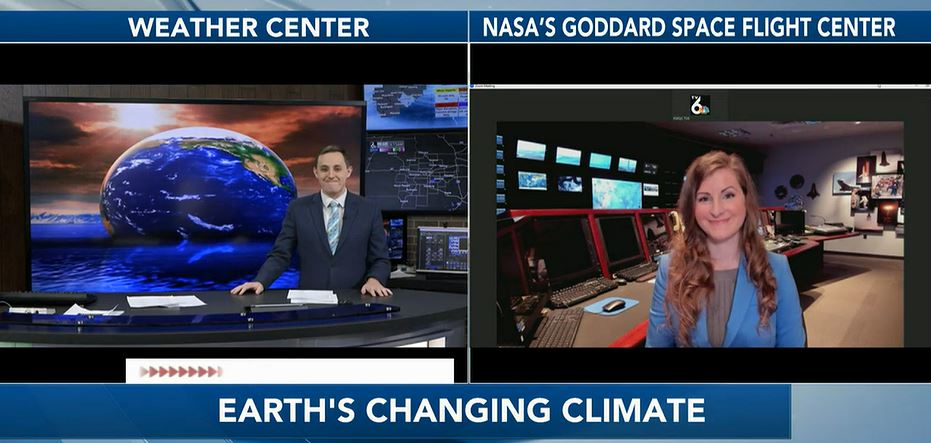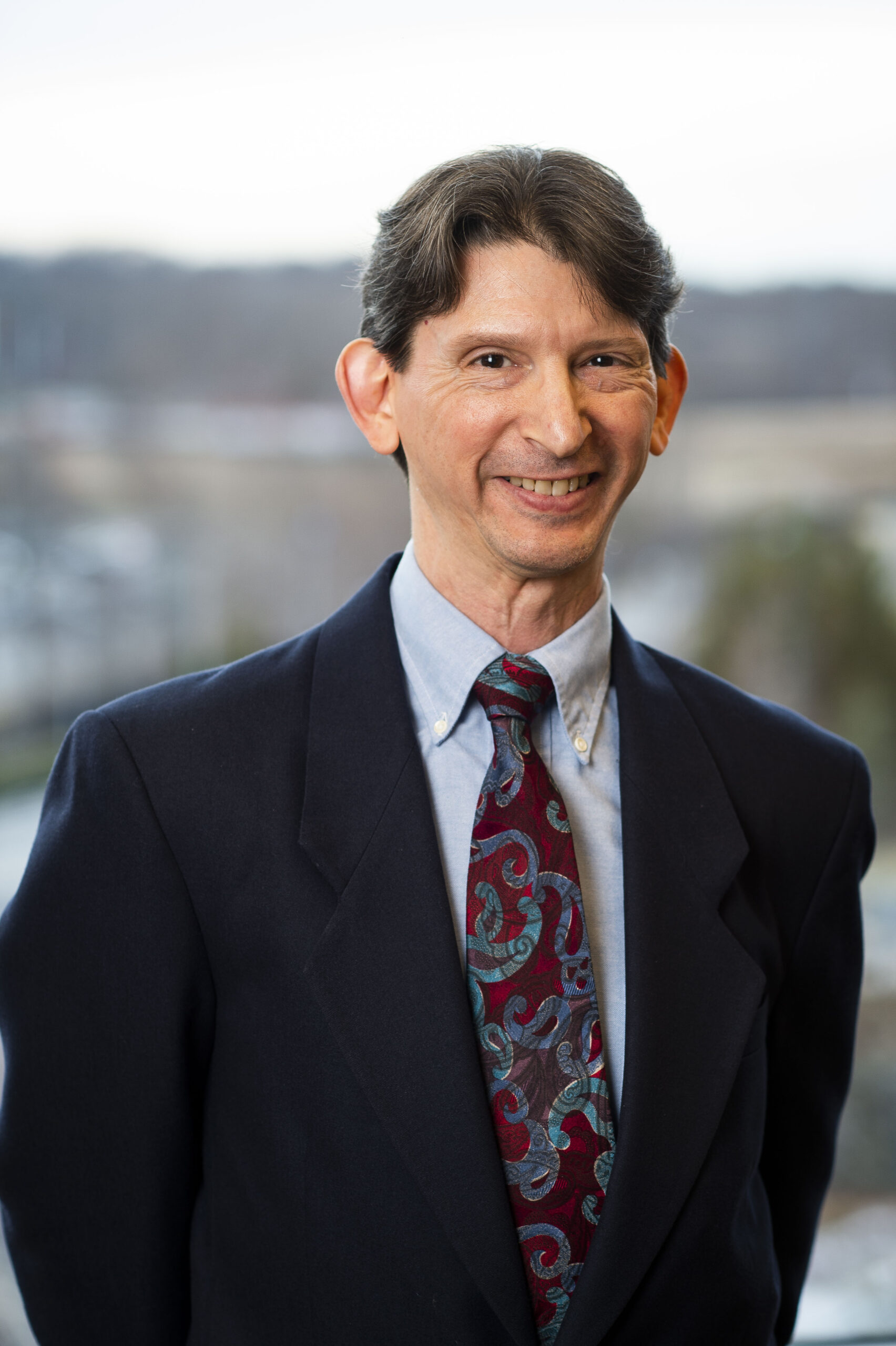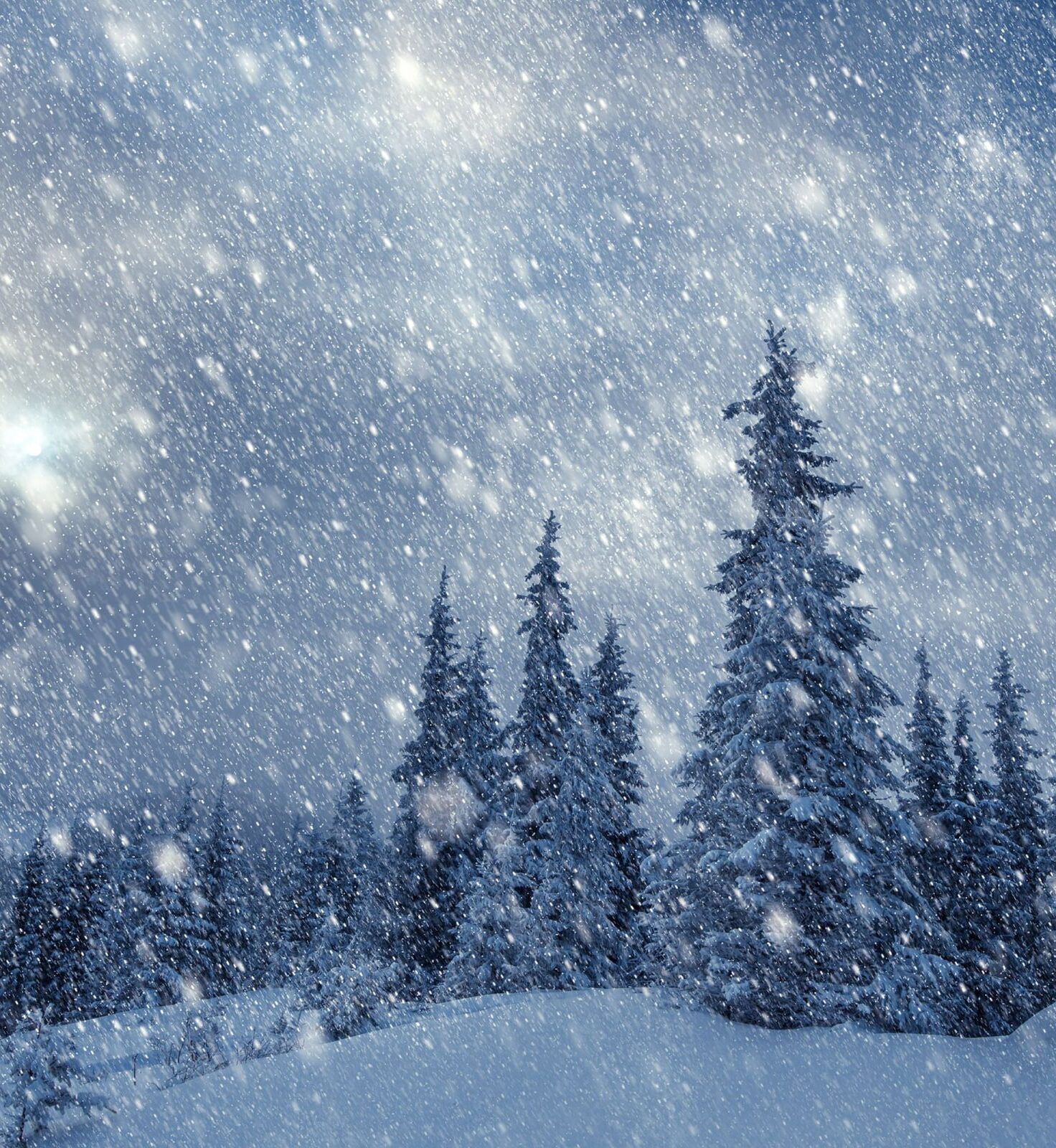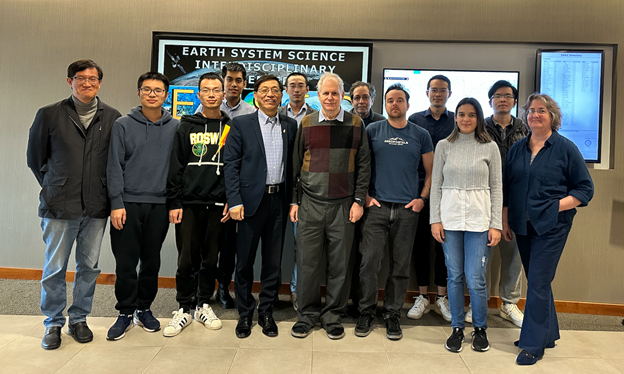Jing Wei has been appointed an Associate Editor for the journal JGR: Atmospheres of the American Geophysical Union (AGU). As an Associate Editor, Wei will maintain and improve the quality of the journal, facilitate a timely review process, and assist the editor to solicit important and thought-provoking articles. JGR: Atmospheres (IF = 5.22) publishes original research articles that advance and improve the understanding of atmospheric properties and processes, including the interaction of the atmosphere with other components of the Earth system, as well as their roles in climate variability and change.









